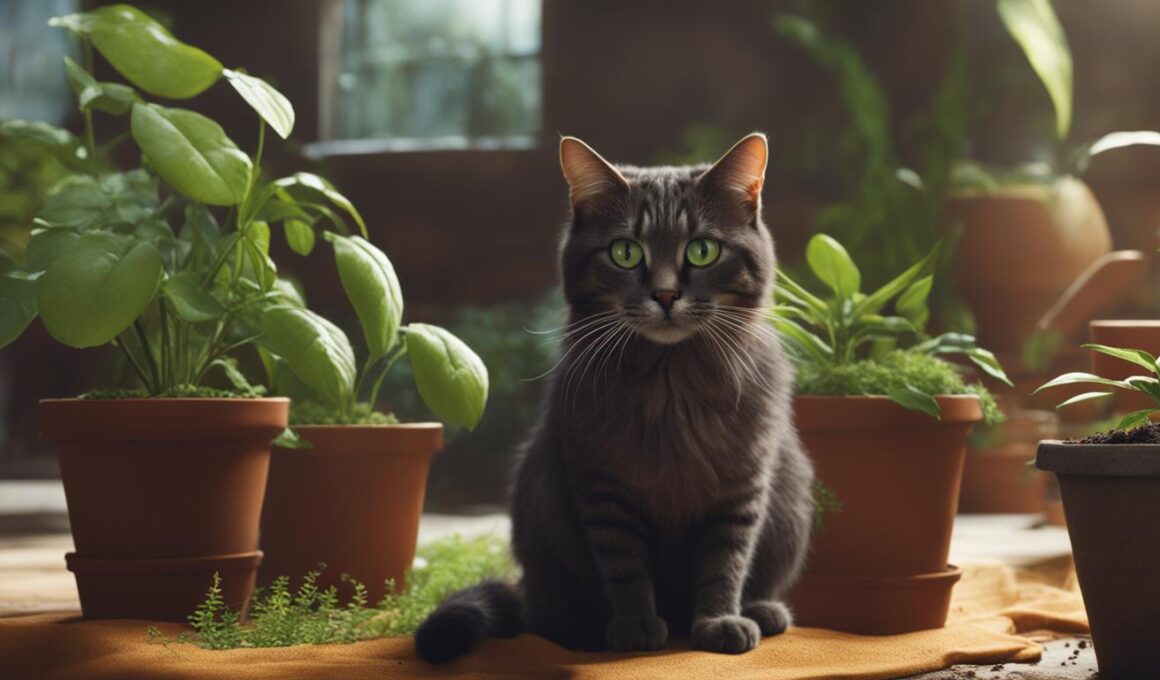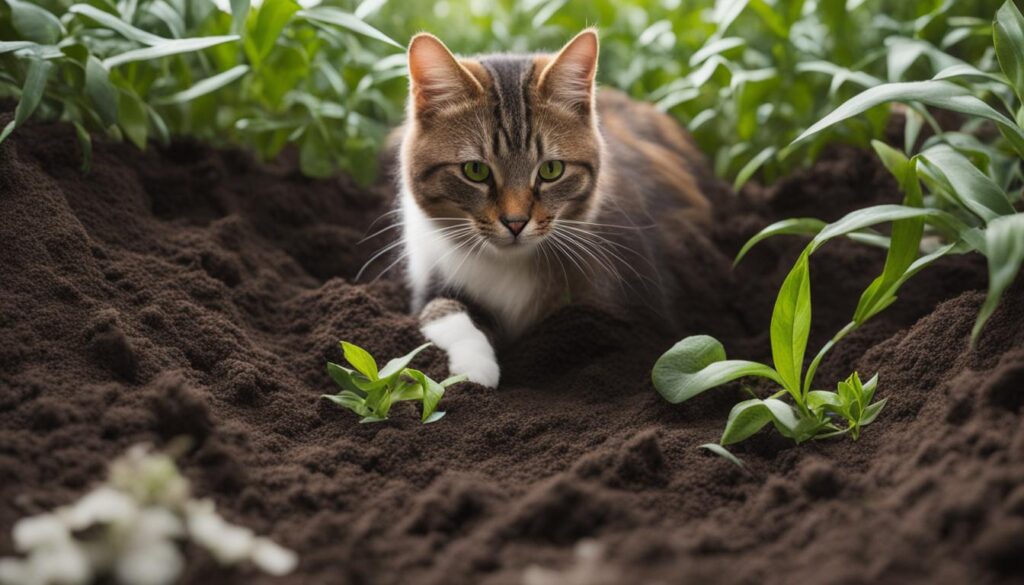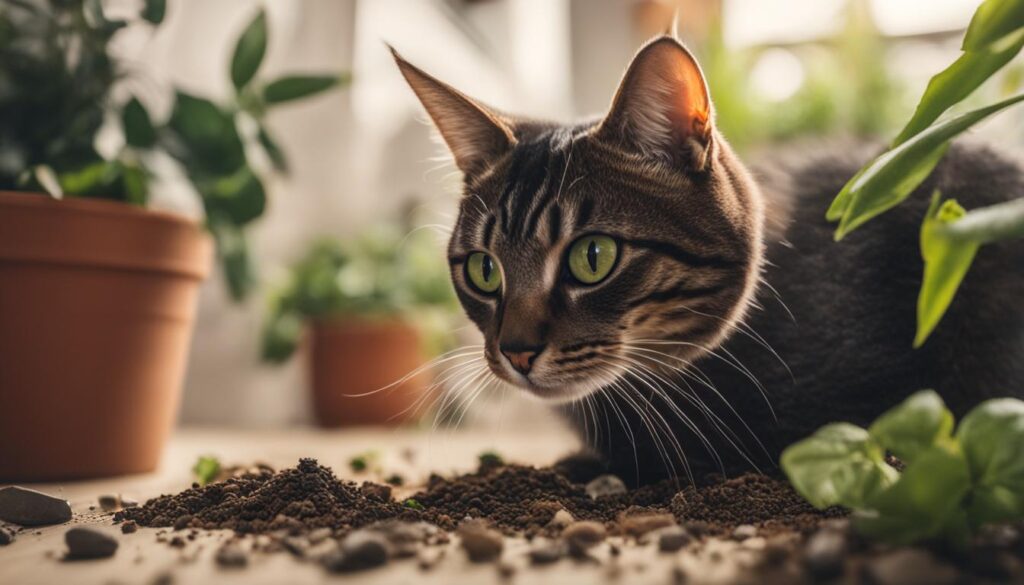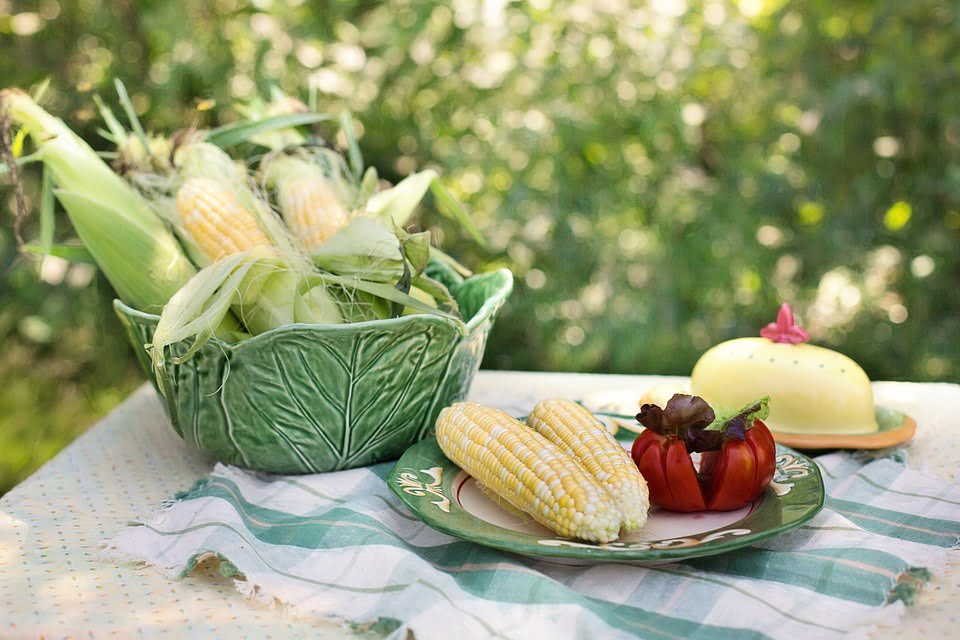Potting mix can be harmful to cats if ingested. It may contain toxic chemicals such as fertilizers and pesticides, which can cause gastrointestinal upset and blockages even in small amounts. If a cat consumes a large amount of potting mix, immediate veterinary care is necessary. Look out for symptoms such as vomiting, diarrhea, lethargy, and loss of appetite, as these may indicate potting mix ingestion in cats.
Post Summary:
- Potting mix can be harmful to cats if ingested, due to toxic chemicals present.
- Common symptoms of potting mix ingestion in cats include vomiting, diarrhea, lethargy, and loss of appetite.
- Immediate veterinary care is necessary if your cat consumes a large amount of potting mix.
- Preventive measures, such as keeping potting mix out of reach, can help avoid potential harm to cats.
- If you suspect your cat has eaten potting mix, contact your veterinarian for guidance and treatment.
Potential Dangers of Potting Mix for Cats
Potting mix can pose potential dangers to cats due to the presence of toxic ingredients. It’s important for cat owners to be aware of these hazards in order to protect their feline companions.
One of the primary dangers of potting mix is the inclusion of chemical fertilizers and pesticides. These substances are typically used to enhance plant growth and deter pests, but they can be harmful if ingested by cats. Ingestion of potting mix containing these toxic chemicals can lead to gastrointestinal upset, vomiting, diarrhea, and other related symptoms. In severe cases, it can even result in liver disease.
Another potential danger is the peat moss commonly used in potting mix. While peat moss itself is not toxic, its fine particles can be harmful if inhaled by cats. When cats dig or play in potting mix, they may accidentally inhale the particles, which can cause respiratory issues.
To prevent these dangers, it’s crucial to keep potting mix out of your cat’s reach. Store it in a secure location where your cat cannot access it. Additionally, provide alternative outlets for your cat’s chewing instincts, such as safe and appropriate toys. By taking these preventive measures, you can help ensure the safety and well-being of your cat.
Comparison of Potting Mix Ingredients
| Potting Mix Brand | Potentially Toxic Ingredients |
|---|---|
| Brand A | Chemical fertilizers, pesticides |
| Brand B | Chemical fertilizers, perlite |
| Brand C | Chemical fertilizers, peat moss |
Note: This table is for illustrative purposes only and does not represent an exhaustive list of potting mix brands or ingredients.
To summarize, potting mix can be dangerous for cats due to the presence of potentially toxic ingredients. Chemical fertilizers and pesticides can harm cats if ingested, and the fine particles of peat moss can be harmful if inhaled. It is important to keep potting mix out of your cat’s reach and provide alternative outlets for their chewing instincts. By taking these precautions, you can help protect your cat from the potential dangers associated with potting mix.
Recognizing the Symptoms of Potting Mix Ingestion in Cats
When it comes to potting mix ingestion in cats, recognizing the symptoms early on is crucial for ensuring their well-being. Cats are naturally curious creatures, and their exploration of plants and soil can lead to accidental ingestion of potting mix. If you suspect your cat has eaten potting mix, it’s important to be vigilant for any signs of distress.
Common Symptoms
The symptoms of potting mix ingestion in cats can vary depending on factors such as the amount ingested and the specific ingredients in the mix. However, there are some common symptoms to look out for:
- Vomiting: If your cat has ingested potting mix, they may experience episodes of vomiting. This is their body’s way of trying to expel the foreign substance.
- Diarrhea: Potting mix ingestion can also lead to diarrhea in cats. Keep an eye out for any changes in their stool consistency or frequency.
- Lethargy: Cats who have consumed potting mix may become lethargic and show a lack of interest in their usual activities. They may appear tired or weak.
- Loss of appetite: A decrease in appetite is another potential symptom of potting mix ingestion. If your cat refuses to eat or shows a significant decrease in their food intake, it could be a sign of trouble.
It’s important to note that these symptoms may not be exclusive to potting mix ingestion and can indicate other underlying health issues as well. However, if you suspect your cat has eaten potting mix and notice any of these symptoms, it’s crucial to seek veterinary care immediately for an accurate diagnosis and appropriate treatment.
“If you suspect your cat has eaten potting mix, it’s crucial to seek veterinary care as soon as possible.”
Remember, early intervention and prompt veterinary attention can help prevent further complications and ensure your cat receives the necessary care. By recognizing the symptoms of potting mix ingestion in cats and taking swift action, you can help safeguard their health and well-being.
| Symptom | Description |
|---|---|
| Vomiting | If your cat has ingested potting mix, they may experience episodes of vomiting as their body tries to expel the foreign substance. |
| Diarrhea | Potting mix ingestion can lead to diarrhea in cats, resulting in changes in stool consistency or frequency. |
| Lethargy | Cats who have consumed potting mix may become lethargic and show a lack of interest in their usual activities. |
| Loss of appetite | A decrease in appetite is another potential symptom of potting mix ingestion, with cats refusing to eat or significantly reducing their food intake. |
What to Do if Your Cat Eats Potting Mix
If you suspect that your cat has eaten potting mix, it is important to take immediate action to ensure their health and well-being. Here are the steps you should follow:
- Contact your veterinarian: The first thing you should do is call your veterinarian and provide them with all the necessary information. They will guide you on the best course of action based on the amount of potting mix ingested and the symptoms your cat is experiencing.
- Observe your cat: While waiting for professional guidance, closely monitor your cat’s behavior and symptoms. Look out for signs of gastrointestinal distress such as vomiting, diarrhea, and loss of appetite. If you notice any concerning changes in your cat’s condition, inform your veterinarian immediately.
- Bring your cat to the vet: Depending on the severity of the situation, your vet may advise bringing your cat in for a physical examination. They may perform tests to assess the extent of any potential toxicity and provide appropriate treatment.
- Prevent access to potting mix: To avoid future incidents, it is crucial to keep potting mix in a secure location that is inaccessible to your cat. Store it in a closed cabinet or on a high shelf to prevent any accidental ingestion.
Remember, prevention is key when it comes to keeping your cat safe. By taking proactive measures and ensuring your cat cannot access potting mix, you can help safeguard their health and minimize the risk of potential harm.
“Being proactive and seeking veterinary care promptly can make all the difference in ensuring the safety and well-being of your feline companion.”
– Dr. Sarah Johnson, Veterinarian
Always consult with your veterinarian for personalized advice and guidance. They are the best resource to help you navigate any potential risks or concerns related to your cat’s health.
| Tips to Prevent Potting Mix Ingestion |
|---|
| Avoid leaving potting mix unattended |
| Store potting mix in a secure location |
| Provide alternative outlets for your cat’s chewing instincts |
| Supervise your cat when they are in the garden |
| Consider using pet-friendly alternatives to traditional potting mix |
By following these precautions, you can help keep your cat safe and ensure they lead a happy and healthy life.
Conclusion
Potting mix can be harmful to cats if ingested, as it may contain toxic chemicals and ingredients that can lead to gastrointestinal issues and other complications. It is crucial to recognize the symptoms of potting mix ingestion and seek veterinary care promptly.
To prevent potential harm, it is important to take preventive measures. Keep potting mix in a secure location that is out of your cat’s reach to prevent accidental ingestion. Additionally, provide alternative outlets for your cat’s chewing instincts, such as safe cat toys or appropriate plants.
By being proactive and taking these prevention measures, you can ensure the safety and well-being of your feline companions both indoors and in your garden. Remember, your cat’s health is important, and a little bit of precaution can go a long way in keeping them safe from the potential dangers of potting mix.
Is the Red Butte Garden Potting Mix Safe for Cats?
The Red Butte Garden Potting Mix is specially formulated to provide the perfect balance of nutrients for plants, but it may not be safe for curious cats. While it is designed to provide botanical inspiration from Red Butte, it’s important to keep pets away from potentially harmful soil blends.
FAQ
Can potting mix be harmful to cats?
Yes, potting mix can be harmful to cats if ingested.
What are the potential dangers of potting mix for cats?
Potting mix may contain toxic ingredients such as fertilizers and pesticides that can harm cats if ingested. Peat moss used in potting mix can also be harmful if inhaled.
What are the symptoms of potting mix ingestion in cats?
Symptoms of potting mix ingestion in cats may include vomiting, diarrhea, lethargy, and loss of appetite.
What should I do if my cat eats potting mix?
If you suspect that your cat has eaten potting mix, contact your veterinarian for guidance. Depending on the amount ingested and the symptoms present, your vet may recommend bringing your cat in for examination and treatment.
How can I prevent my cat from accessing potting mix?
To prevent access to potting mix, keep it in a secure location out of your cat’s reach. Providing alternative outlets for your cat’s chewing instincts can also help.










